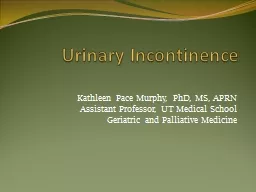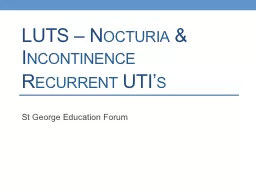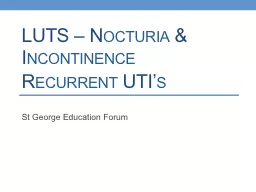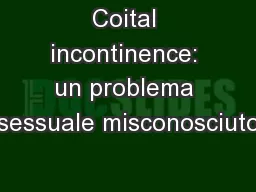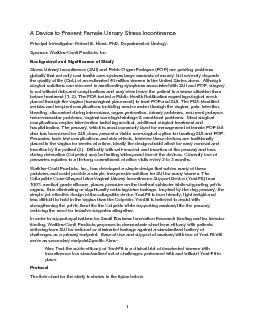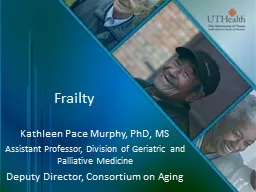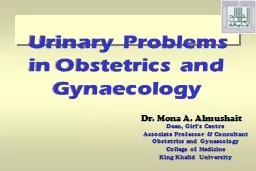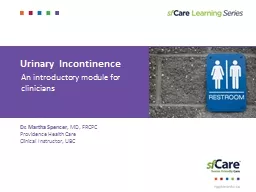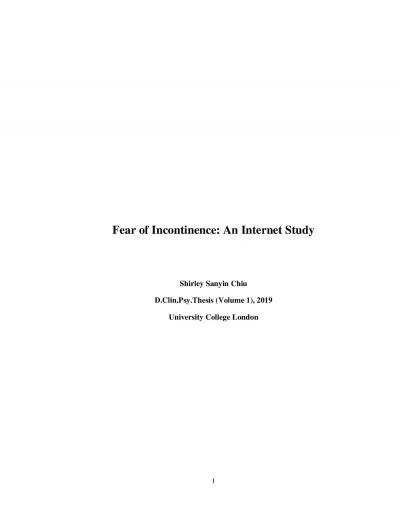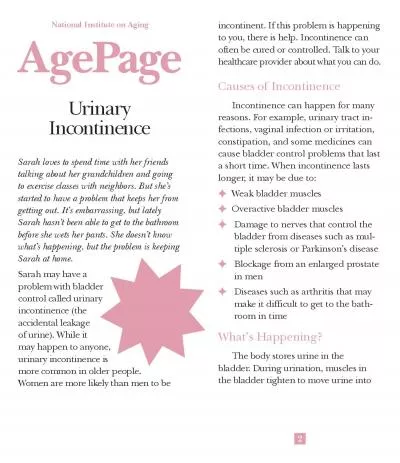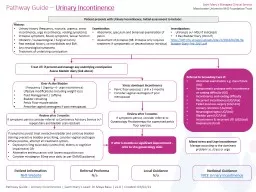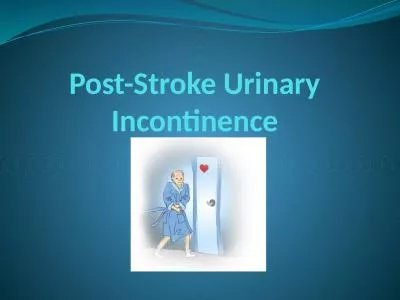PPT-Urinary Incontinence Kathleen Pace Murphy, PhD, MS,
Author : alida-meadow | Published Date : 2018-10-28
APRN Assistant Professor UT Medical School Geriatric and Palliative Medicine Prevalence Increases with age and affects women more than men 21 until age 80 1530 in
Presentation Embed Code
Download Presentation
Download Presentation The PPT/PDF document "Urinary Incontinence Kathleen Pace Murph..." is the property of its rightful owner. Permission is granted to download and print the materials on this website for personal, non-commercial use only, and to display it on your personal computer provided you do not modify the materials and that you retain all copyright notices contained in the materials. By downloading content from our website, you accept the terms of this agreement.
Urinary Incontinence Kathleen Pace Murphy, PhD, MS,: Transcript
Download Rules Of Document
"Urinary Incontinence Kathleen Pace Murphy, PhD, MS,"The content belongs to its owner. You may download and print it for personal use, without modification, and keep all copyright notices. By downloading, you agree to these terms.
Related Documents

